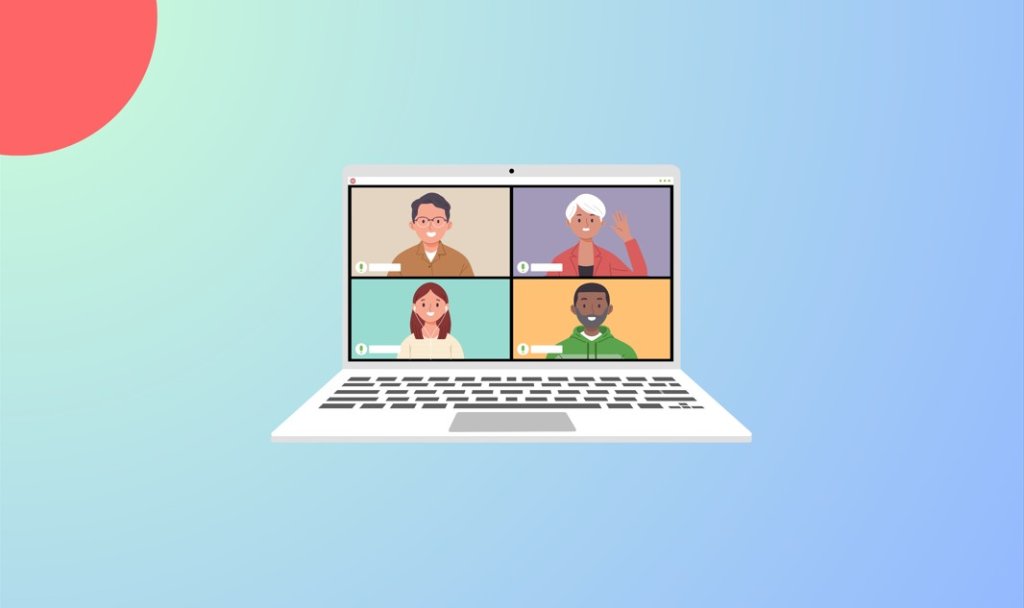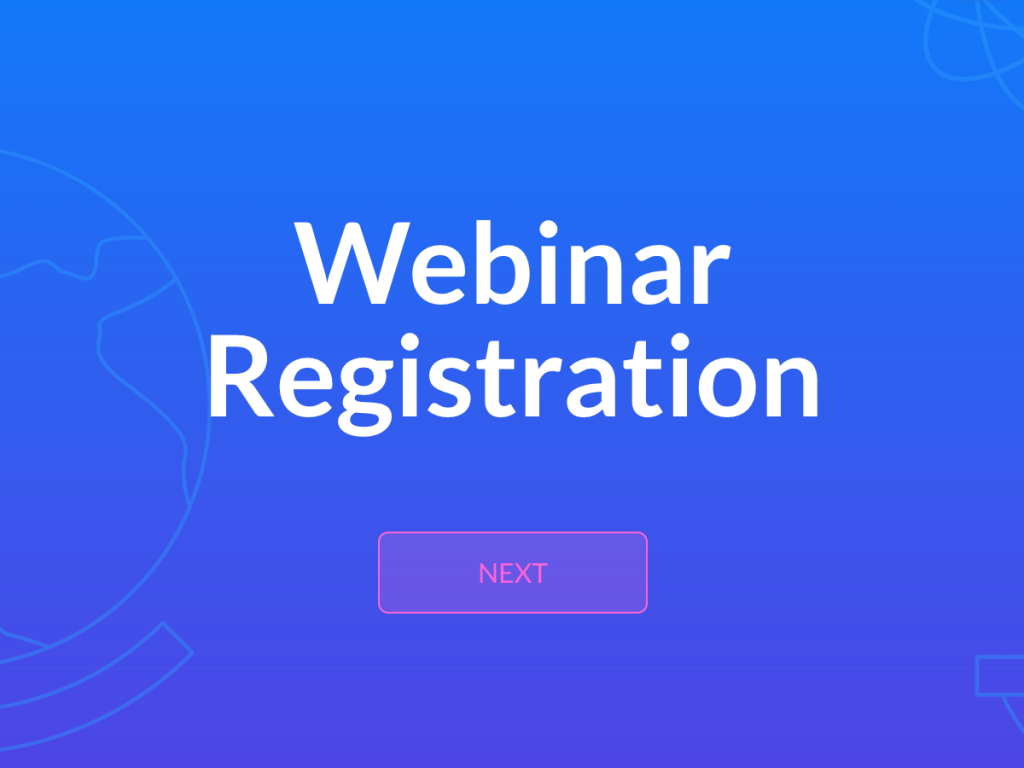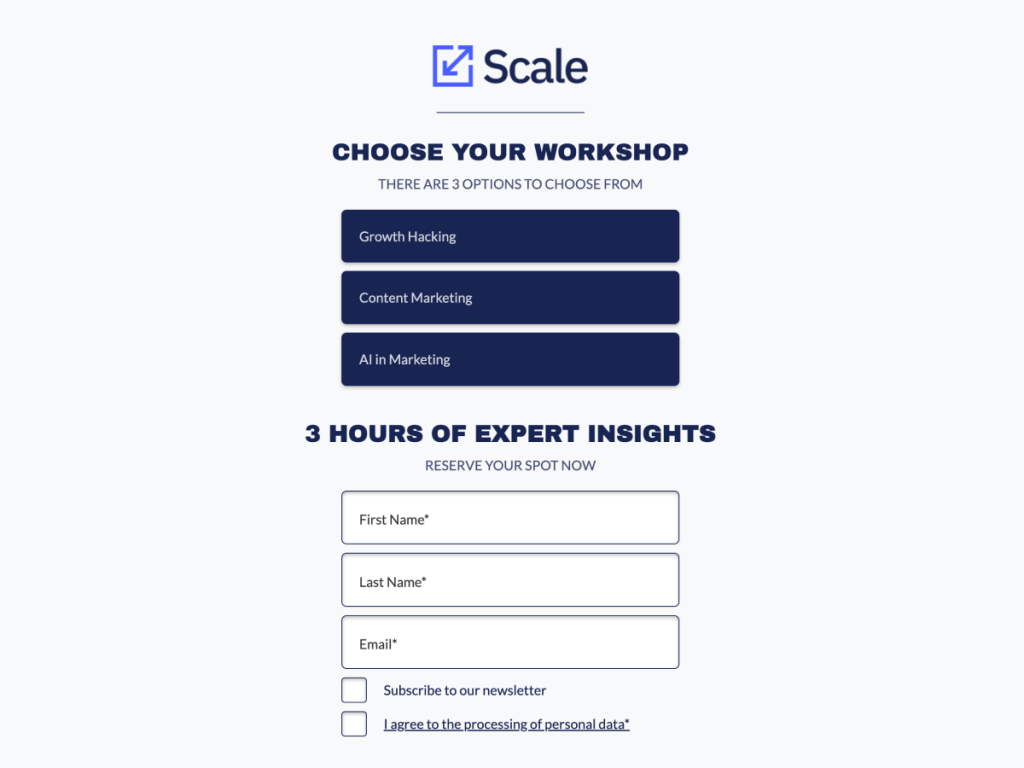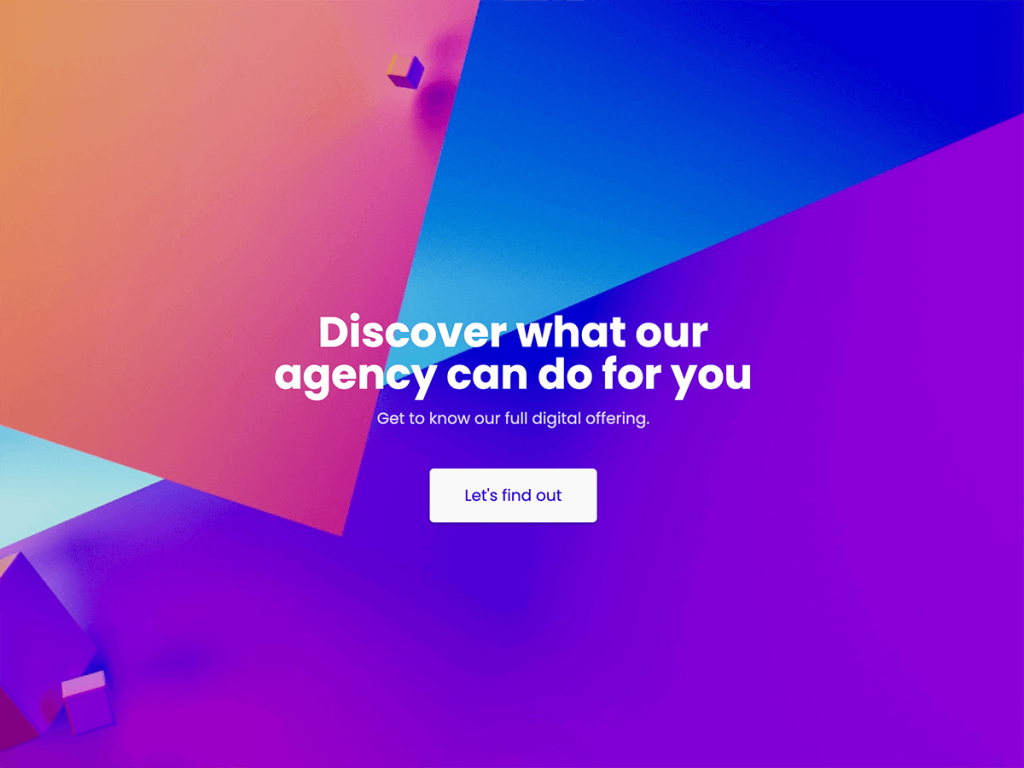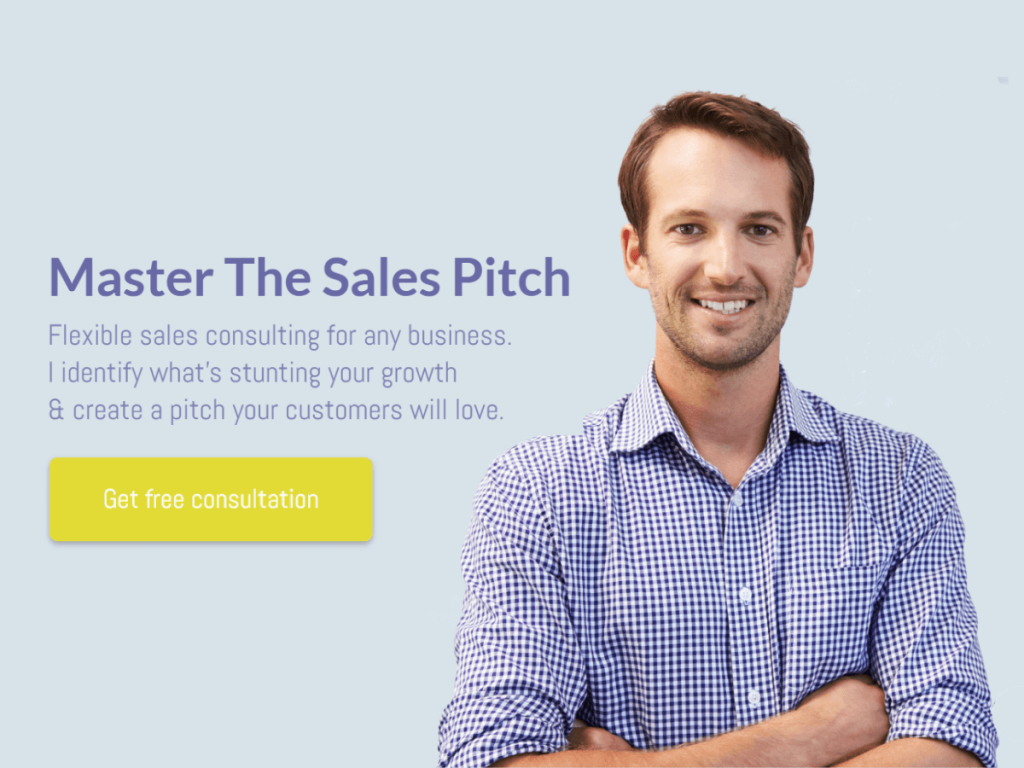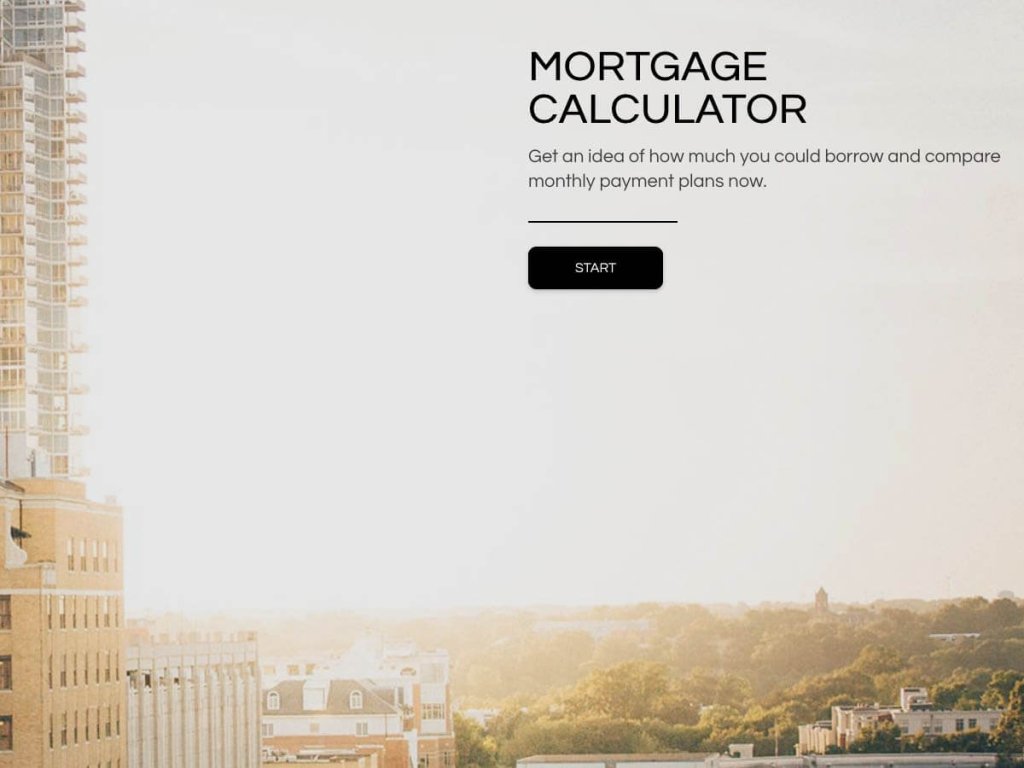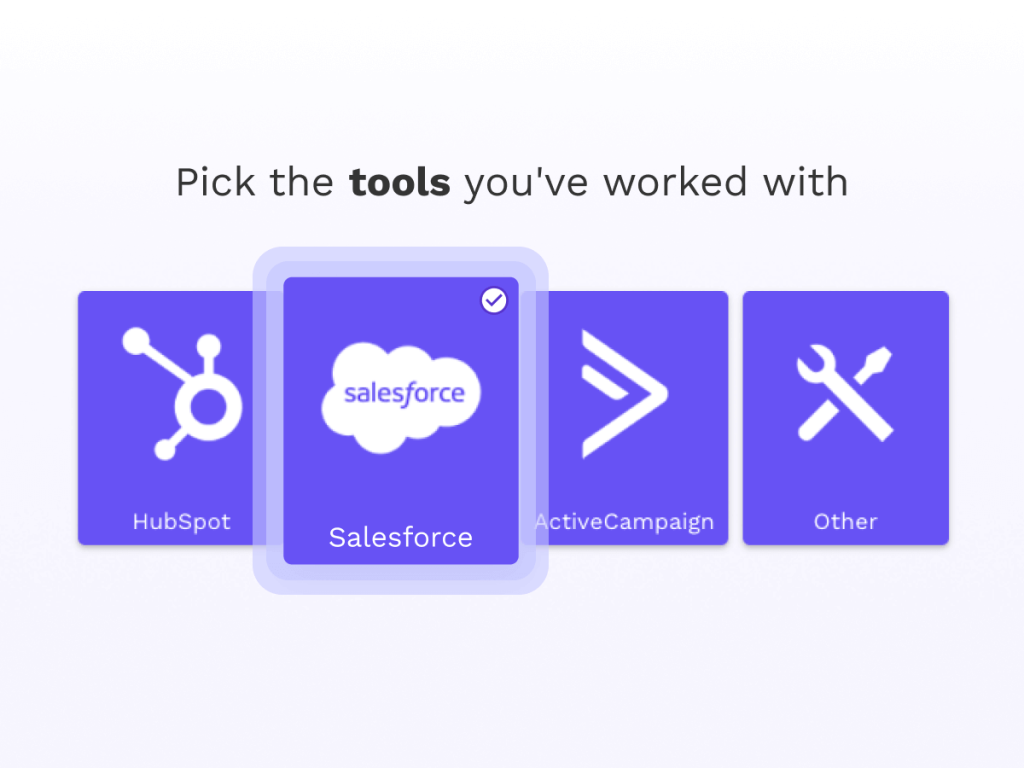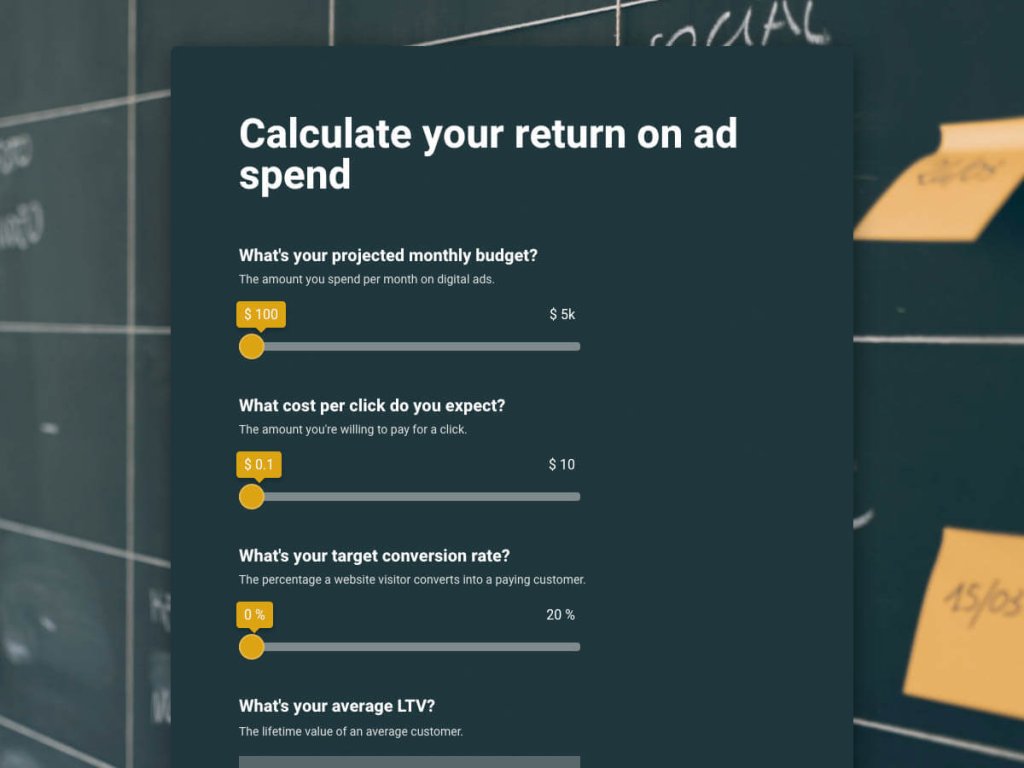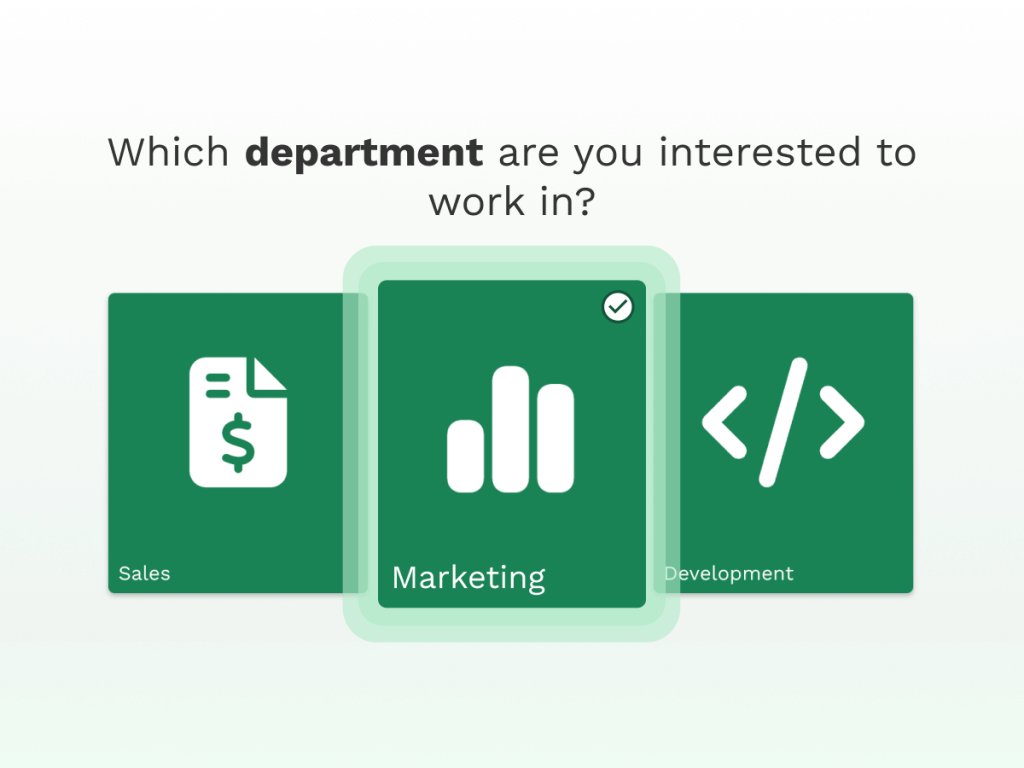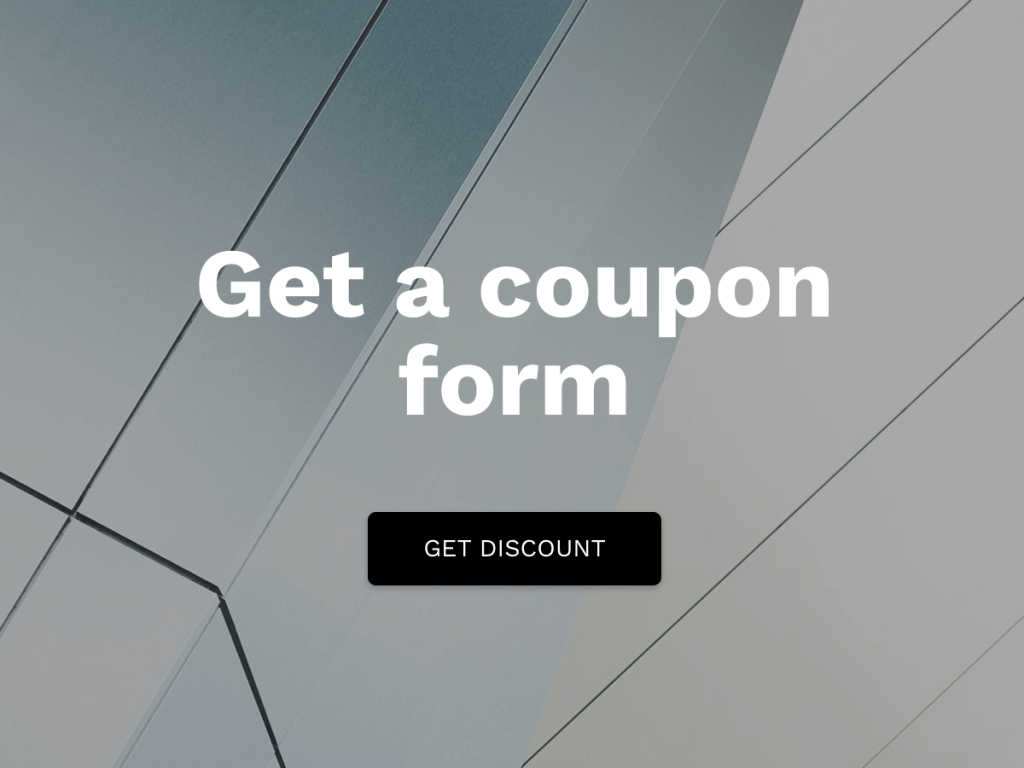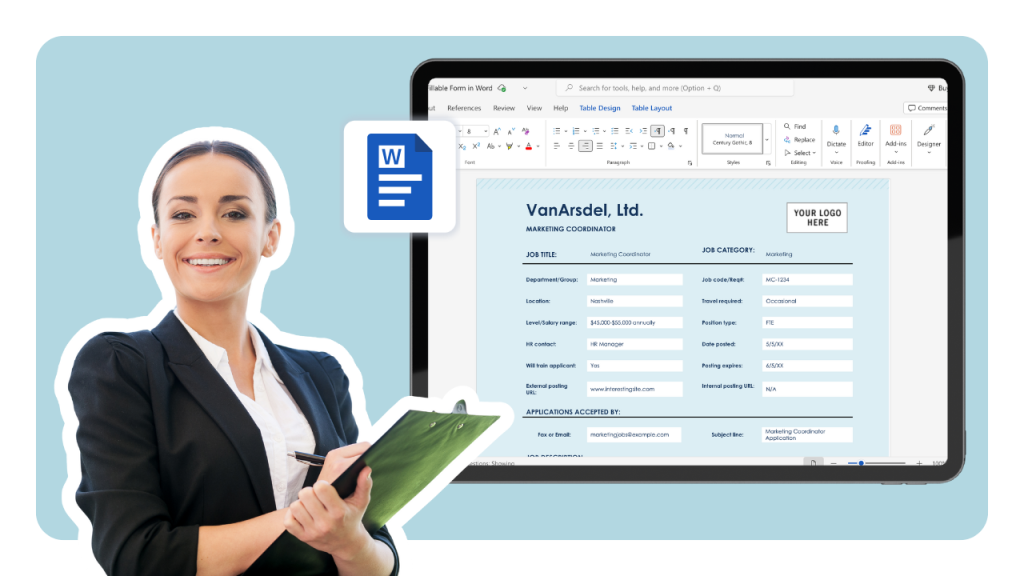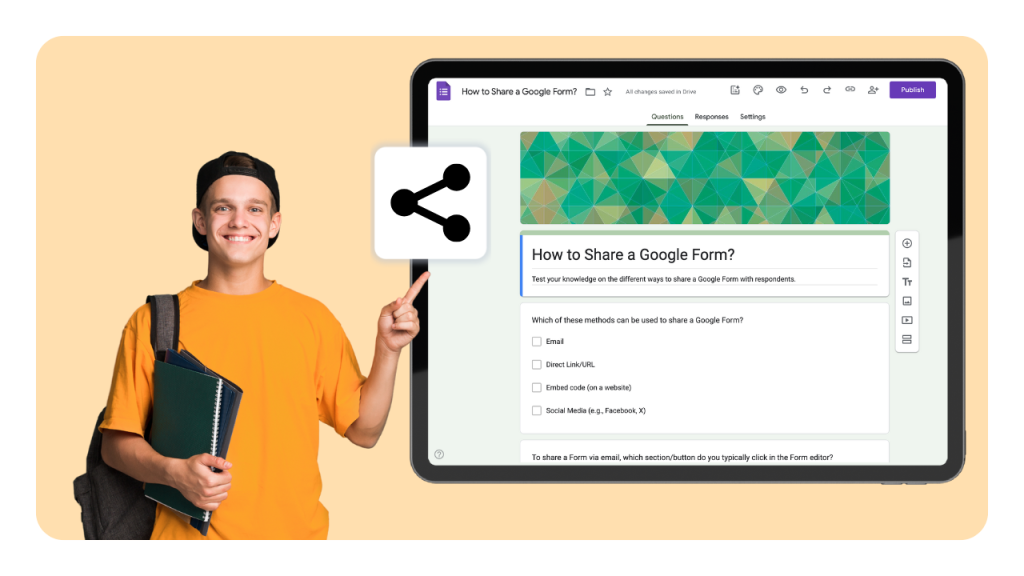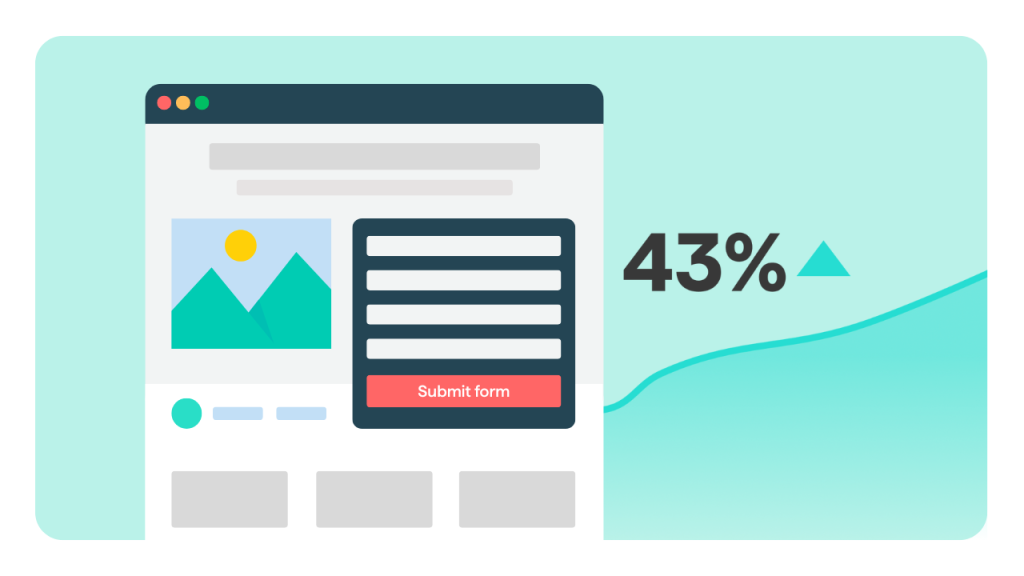The sales funnel is an endless cycle, and finding prospects and converting them into paying customers is a continuous process. The webinar funnel is one of the most successful marketing strategies for generating interest in your business and establishing relationships with new leads. It also improves brand awareness, entertains your audience, and educates them.
A webinar funnel has several phases. It begins with creating an email list and concludes with promoting your products or services. Every stage will vary based on a company's sales model and its desired customer journey. Converting, on the other hand, requires effective sales funnel management.
However, there are ways to get around the limitations and create a successful webinar funnel. In this article, we'll go through five tactics in this article to help you develop a webinar funnel that converts leads into sales. Moreover, I will provide you a step-by-step guide to create your own webinar funnels.
Create an Automated Webinar Sales Funnel (Step-by-Step)
Here is what you need to follow to create your own effective webinar funnel.
Step 1: Create a Free Account
Visit involve.me and sign up for a free account. This platform is a lead funnel builder that gives you access to several templates needed to create a successful webinar funnel.

Step 2: Choose a Webinar Funnel Template
Once you're logged in, explore the range of webinar funnel templates available. These templates are specifically designed to guide you through the webinar funnel process.
They help you effectively combine different visuals, fonts, and content formats to create engaging webinar landing pages and webinar registration pages.
Select a template that closely aligns with the type of webinar funnel you envision, whether it be for educational webinars, product demonstrations, or customer training sessions.
Create Your Own Webinar Funnels
Get Started with 350+ Templates
Webinar Registration Template
Webinar Registration Form for Agencies Template
Agency Lead Generation Form Template
Get Free Consultation Lead Page Template
Using AI Content Generator
If you prefer a more automated approach, involve.me offers an AI content generator. Simply provide prompts to the AI about what you need in your webinar, and it will generate the content for your automated webinar sales funnel.
Create your own webinar funnels
Just paste your URL and click generate
Step 3: Add Rich Elements
Enhance your webinar with elements that increase viewer interaction and retention. Include things like:
Interactive Polls
Engage webinar attendees with live polls during the webinar.
Q&A Sessions
Allow participants to submit questions to be answered live.
Downloadable Resources
Offer supplementary materials like eBooks or slides.
Automated Follow-Up Emails
Set up automated emails to send webinar registration confirmations, webinar recordings, or follow-up messages to participants.

Step 4: Integration and Publishing
Connect your webinar sales funnel with other marketing tools you use. involve.me supports integration with CRM software, email marketing platforms, and more to seamlessly sync data and automate workflows for an evergreen webinar funnel.

Once your webinar is ready, publish it. You can embed the webinar landing into your website’s landing page, blog posts, or share it directly on social media platforms and in email sequences. This broad distribution helps maximize reach and engage more webinar attendees. Here is the final look of the webinar funnel I created using involve.me templates:
Step 5: Review the Results and Modify
Measuring the effectiveness of your automated webinar funnel is straightforward. For a lead magnet webinar, you can gauge success by the number of webinar registrations or follow-up actions taken by participants.
Use involve.me’s built-in analytics tools to track how viewers interact with your webinar. Monitor metrics like attendance rates, engagement during the webinar, and follow-up interactions.

Analyze the data collected and do A/B testing to understand what works and what doesn’t. Use these insights to make informed adjustments to your webinar, improving content, design elements, or marketing strategies for better performance.

You can analyze the webinar responses right in the involve.me builder or export your data to Google Sheets and share it with other team members.
Tips to Create High Converting Webinar Landing Page
Here are some effective tactics for creating automated webinar funnels.
1. Use the 5 "W" and 1 "H" Approach
5W’s and one H is a technique for collecting critical information and organizing the content of your webinar such that it best matches your audience's demands. This technique is most employed in journalism. 5Ws stand for What, Why, When, Where, and Who. One H stands for How and How much. These questions are the fundamental building block of your content.
This method will assist you in getting to the core of an issue and identifying essential answers to generate accurate and appealing content. It can also improve topic clustering, allowing you to cover a wide range of topics while dominating keyword categories in organic search. To demonstrate, consider the following 5 W's and H questions:
Who benefited from you, your advice, and your service?
What does the audience get by acting on your offer?
Where else can the audience gain what you provide? (the answer should be that they cannot get it anywhere else.)
Why is this offer so perfect for them?
When can they use this advice?
How do they take you up on your offer?
Failure to answer any of these questions will leave a gap in your webinar and may hurt your conversion rate. So, you should take your time and select interesting, informative, and relevant answers for your audience.

2. Use Pattern Disruptions for Engagement
Webinars allow you to communicate with your audience more personally, face-to-face, which is a more practical approach to increasing engagement. However, they can be boring if the webinar takes more than one hour.
People prefer webinars that last 30 to 45 minutes. Few people stay an hour or more since it's hard to pay attention during a long webinar.
However, there are ways to get around the 45-minute limit. You may disrupt your pattern to keep the audience awake, make them rethink what they just heard, and engage them in general. Here are some ideas for pattern interruptions:
Ask questions that the audience needs to reply to in the type box.
Say something that truly stands out.
If you use a presentation, use animations or other engaging visuals.
Conduct polls.
Turn off any slideshows, focus the screen on you, and tell a story.
The webinar "Little less conversation, little more action" by Kainos is an excellent example. They pose questions to the audience instead of just answering their questions.
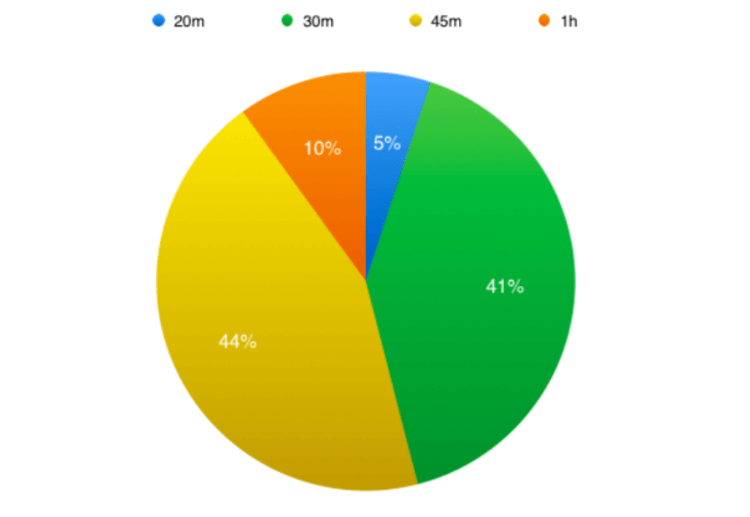
Ending your webinar with a Q&A session is a good idea if your goal is to increase engagement. According to one study, 92% of people want a Q&A session at the end of the webinar. That allows people to have more active discussions and feel more involved. Also, try to end the webinar on a good note that will stick with people to keep them engaged.
3. Include a Call to Action
Every webinar has a goal: to raise brand recognition, promote free trials, produce sales, and so on. It is your responsibility to lead your audience to the following step so that you may achieve your goal. The most apparent technique to urge your audience to take action is a call to action (CTA).
This CTA should always be straightforward yet specific, and it should elicit a sense of urgency in the attendees that prompts them to take action. You must also assess the buyer's journey to deliver the best next step for each customer. It’s a good idea to survey your audience to find out where they are in the customer journey.

Webinar-based promotions are an excellent approach to generating a powerful call to action. That elicits a sense of urgency and generates excellent results. Consider the following call to action, in which the host provides two calls to action at the same time. The first is a clear description of their service, while the second is related to their courses.
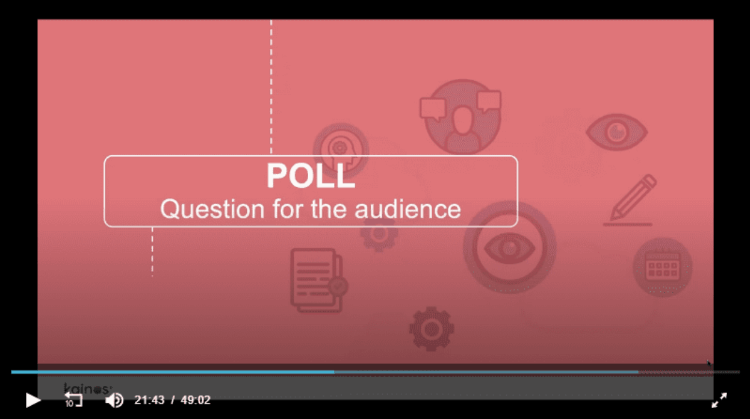
Following the webinar, it is critical to follow up with a call to action. To get their attention and make the CTA work, try to be personable and interested in what they need.
4. Maintain the Momentum
Your conversion rates will be determined by the way you follow up with your attendance. Not everyone will immediately take action. There are numerous reasons they can’t take advantage of your offer right now. It might just be that they require a little more time or persuasion.
Keep in mind that many people will want to get more information from the webinar website. That shows that they are still interested. So, you need to convert this interest into a sale. Even after the webinar, you must re-engage them. To achieve so, you'll need to maintain the webinar's communication and momentum.
You can employ a variety of engagement tools. The most evident is to send follow-up emails to participants following the webinar. You may also keep the conversation going on social media by producing infographics, polls, and so on.

Don't forget about the busy people who missed the webinar. You may provide a link to the recorded webinar to ensure that people who missed it can catch up. According to a survey, 28% of people registered for a webinar to view the recording. Consider this category as well.
Litmus, for instance, sends an email to participants alerting them when the recorded webinar will be available.
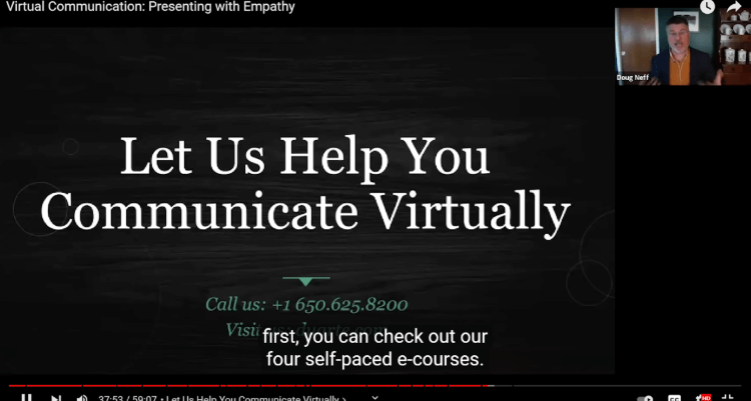
It's also a good idea to offer information about the upcoming webinar so that your audience remains interested and attempts to attend the next one.
5. Analyze Audience Retention
Understanding how successful your webinar was is crucial to improving the next one. By analyzing your stats, you can get a good idea of how things are working and what needs to change for the next webinar. Use some metrics to check the success rate.
Consider how many people participated until the end of the webinar. Next, count the participants who requested a demo or made a purchase. You'll need to make sure you're obtaining meaningful insights from your analytics and using them to optimize your upcoming webinars. Audience retention is a metric that shows whether your topic and speaker met the audience's expectations.
When it comes to audience retention, you need to focus on content that keeps them engaged. Put yourself in your audience’s shoes and focus on their buyer's journey. Visuals are also essential for maintaining people's interests over time. Ensure the audio quality is good as well.
It's also good to throw in some fun information or pictures to break up the monotony.
6. Incorporate Testimonials and Social Proof
Adding testimonials and social proof to your customer success webinars can significantly boost credibility and trust. When potential attendees see positive feedback from others who have benefited from your webinars, it increases their confidence in what they will gain from attending.
Place impactful testimonials prominently on your webinar landing page to capture attention and reassure visitors of the quality and relevance of your content.
Consider including video testimonials for a more personal touch or highlighting quotes from industry experts who endorse your automated webinar funnel. Remember, social proof isn’t just about showing numbers; it’s about demonstrating real results and actual satisfaction from your audience.
7. Ensure Mobile Optimization
With the increasing number of users accessing content via mobile devices, ensuring your webinar landing page is optimized for mobile is crucial.
A mobile-friendly design ensures that you don’t lose potential attendees simply because they find the page difficult to navigate on their device.
Make sure that all elements of the page, from the registration form to the call-to-action buttons, are easy to interact with on a touchscreen.
Loading speed is also critical; a fast-loading page retains potential registrants better. Use responsive design techniques to ensure your webinar platform looks great and functions well on all devices.
By integrating these tactics into your strategy for creating a successful automated webinars funnel, you enhance not only the aesthetic and functional aspects of your webinar format but also improve overall user experience and conversion rates.
These adjustments are integral to building an automated webinar funnel that continues to generate leads and sales long after the initial broadcast.
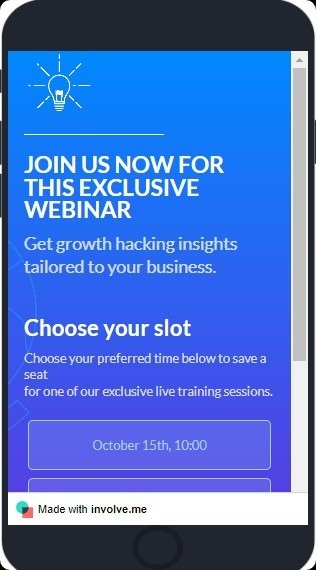
Bottom Line
A lead is only worth something if converted into a sale. Webinars can both attract and convert visitors into sales. With the help of webinars, you can generate interest in what you're offering and boost your revenue.
However, you will need a solid strategy to build an effective webinar funnel. You learned tips from this article. Use the 5W’s and H approach, use pattern interrupts, include a call to action, and maintain the momentum. Finally, analyze audience retention to improve your webinar the next time around.
A successful webinar is both engaging and participatory. It raises brand awareness, builds your brand’s reputation as a trusted source of information, and strengthens your relationship with both current and potential clients. A webinar also offers you a glimpse into your audience's questions about your brand.
Do them right, and you’ll generate those conversions. Good luck!

